Introduction
Fried tofu puffs, also known as tofu skin or bean curd bubbles, are a delightful culinary treat enjoyed across various regions in Asia. Their crispy exterior and soft, airy interior make them an ideal snack or an ingredient in various dishes. While the process of making these tofu puffs may seem straightforward, achieving the perfect hollow interior can be quite challenging. This article delves into the intricacies of how to fry tofu so that it puffs up and remains hollow inside. We will explore the science behind tofu puff formation, the essential ingredients and equipment, step-by-step instructions, troubleshooting tips, and variations to elevate your tofu puff-making skills.
Understanding Tofu and Its Properties

Before diving into the frying process, it’s crucial to understand the basic properties of tofu. Tofu is made from soy milk by coagulating it with a coagulant, such as nigari or gypsum. The resulting curds are pressed to remove excess water, resulting in firm, soft, or silken tofu, depending on the pressing intensity.
For making tofu puffs, firm or extra-firm tofu is typically used because it has less moisture and a firmer texture, which holds up better during frying. The key to achieving a hollow interior lies in the rapid expansion of steam trapped inside the tofu during frying, which pushes the tofu outwards, forming a puff.
Ingredients and Equipment
Ingredients:
- Firm or Extra-Firm Tofu: Choose high-quality tofu with a firm texture.
- Vegetable Oil: For frying; options like peanut, canola, or grapeseed oil work well.
- Salt (Optional): To season the tofu before frying.
- Baking Soda (Optional): Helps in achieving a lighter and fluffier texture.
Equipment:
- Sharp Knife: For cutting the tofu into uniform pieces.
- Paper Towels or Clean Kitchen Towels: To drain excess moisture from the tofu.
- Frying Pan or Deep Fryer: For frying the tofu.
- Slotted Spoon or Frying Basket: To easily remove the tofu from the oil.
- Thermometer (Optional): To ensure the oil maintains a consistent temperature.
Preparing the Tofu
-
Drain and Press: Start by draining the tofu from its packaging. Place it on a plate lined with paper towels and cover it with additional paper towels. Apply gentle pressure to remove excess moisture. Alternatively, you can use a tofu press to achieve a drier texture.

-
Cut into Cubes: Using a sharp knife, cut the tofu into uniform cubes, typically around 1-inch in size. Uniformity is key to ensuring even frying and puffing.
-
Season (Optional): Lightly sprinkle the tofu cubes with salt. This step is optional but can enhance the flavor of the final product.
-
Blanching (Optional): Some recipes recommend blanching the tofu in boiling water for a minute or two before frying. This step helps to firm up the tofu and remove any remaining impurities. However, it’s not strictly necessary and can be omitted if you prefer a simpler process.
The Science Behind Tofu Puff Formation
The formation of hollow tofu puffs is a combination of physics and chemistry. When tofu is heated in hot oil, the water inside it rapidly turns into steam. If the tofu’s outer layer solidifies quickly enough to trap this steam, the pressure builds up, causing the tofu to expand and puff up.
The key factors influencing this process are:
- Moisture Content: Too much moisture can prevent the tofu from puffing properly, while too little can make it dry and dense.
- Oil Temperature: The ideal frying temperature is crucial. Too low, and the tofu will absorb too much oil; too high, and the outer layer will solidify too quickly, trapping less steam.
- Tofu Density: Firmer tofu with less moisture is better suited for puffing.
- Use of Baking Soda: Baking soda can react with the acids in tofu, releasing carbon dioxide, which aids in puffing. However, too much baking soda can alter the taste.
Frying the Tofu Puffs
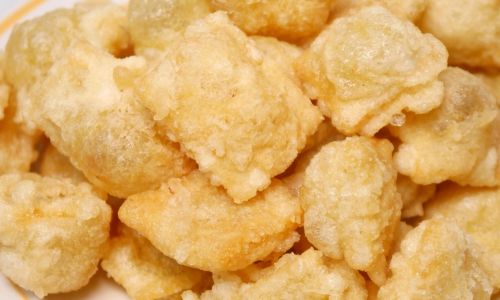
-
Heat the Oil: Pour vegetable oil into a frying pan or deep fryer to a depth that will fully submerge the tofu cubes. Heat the oil to around 350°F (175°C). Using a thermometer helps maintain an accurate temperature.
-
Fry in Batches: Carefully place a few tofu cubes into the hot oil. Do not overcrowd the pan, as this will lower the oil temperature and prevent even frying.
-
Monitor Carefully: The tofu cubes should start to bubble and turn golden brown within a minute or two. Use a slotted spoon or frying basket to gently stir and turn the tofu occasionally to ensure even frying.
-
Remove When Done: Once the tofu is evenly golden and puffed up, remove it from the oil and place it on a plate lined with paper towels to drain excess oil.
-
Season Immediately (Optional): While the tofu is still hot, you can sprinkle it with additional salt or your favorite seasonings.
Troubleshooting Tips
- Tofu Didn’t Puff: If the tofu didn’t puff, it might be due to too high or too low oil temperature, too much moisture in the tofu, or overcrowding in the pan. Adjust these factors accordingly.
- Tofu Absorbed Too Much Oil: This usually happens when the oil temperature is too low. Increase the temperature and make sure the tofu is dry before frying.
- Tofu Turned Too Dark: The oil might be too hot. Lower the temperature slightly and monitor closely.
- Tofu Fell Apart: Ensure the tofu is firm and cut into uniform pieces. Blanching can also help firm up the tofu.
Elevating Your Tofu Puffs

Once you’ve mastered the basics, you can experiment with various flavors and techniques to elevate your tofu puffs. Here are some ideas:
- Flavored Oils: Use infused oils like garlic, chili, or sesame oil for frying to add an extra layer of flavor.
- Stuffed Tofu Puffs: Once the tofu puffs are cool enough to handle, you can gently slice them open and stuff them with ingredients like meat, vegetables, or cheese.
- Soup and Stew Ingredients: Hollow tofu puffs can be added to soups and stews, absorbing the flavors while maintaining their light and airy texture.
- Dips and Sauces: Serve your tofu puffs with dipping sauces like soy sauce, sweet chili sauce, or garlic aioli.
- Baked Version: For a healthier alternative, you can bake the tofu cubes at a high temperature (around 400°F or 200°C) until they puff up and turn golden. This method might require a bit of experimentation to achieve the perfect texture.
Conclusion
Making hollow fried tofu puffs is an art that combines science, technique, and a bit of patience. By understanding the properties of tofu, mastering the frying process, and experimenting with different flavors and techniques, you can create delicious and visually appealing tofu puffs that are sure to impress. Whether enjoyed as a snack, an appetizer, or an ingredient in a more complex dish, tofu puffs offer a versatile and delicious way to incorporate tofu into your culinary repertoire. Happy frying!
Further Reading and Resources
For those interested in diving deeper into the world of tofu and soy-based cuisine, here are some additional resources:
- Books: “The Book of Tofu” by William Shurtleff and Akiko Aoyagi is a comprehensive guide to tofu and its various preparations.
- Websites: Websites like “Vegan Richa” and “The Spruce Eats” offer numerous tofu recipes and tips.
- Cooking Classes: Many culinary schools and cooking studios offer classes specifically on plant-based cooking, including tofu preparation.
- Cooking Communities: Join online forums and communities dedicated to vegan and vegetarian cooking for support, tips, and recipe sharing.
By exploring these resources, you can continue to expand your knowledge and skills in creating delicious and innovative tofu-based dishes, including perfect hollow fried tofu puffs.
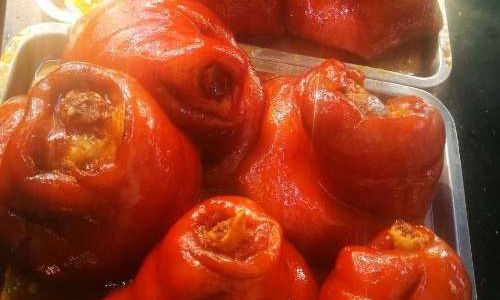
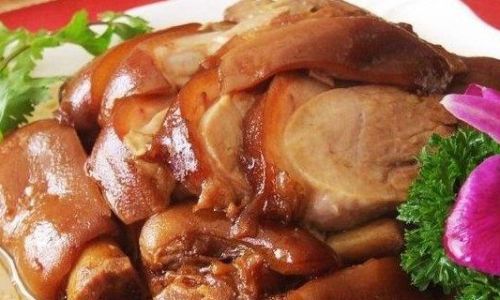
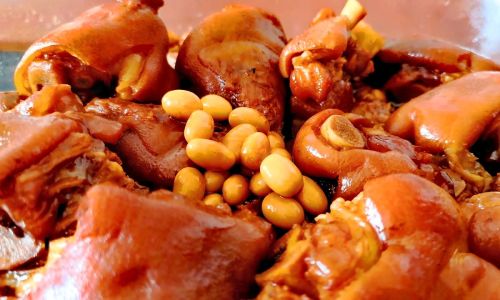
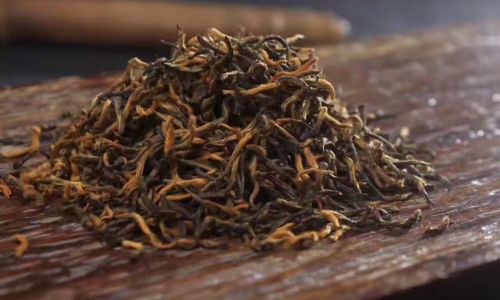
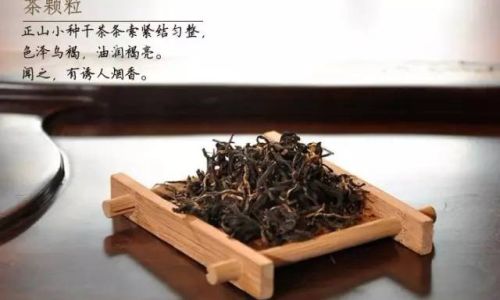
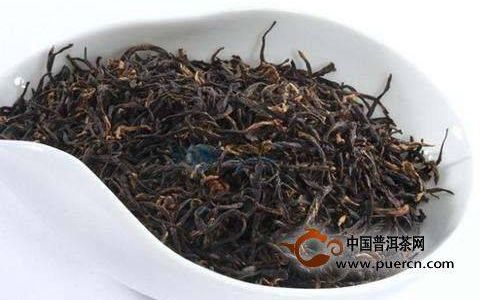
0 comments